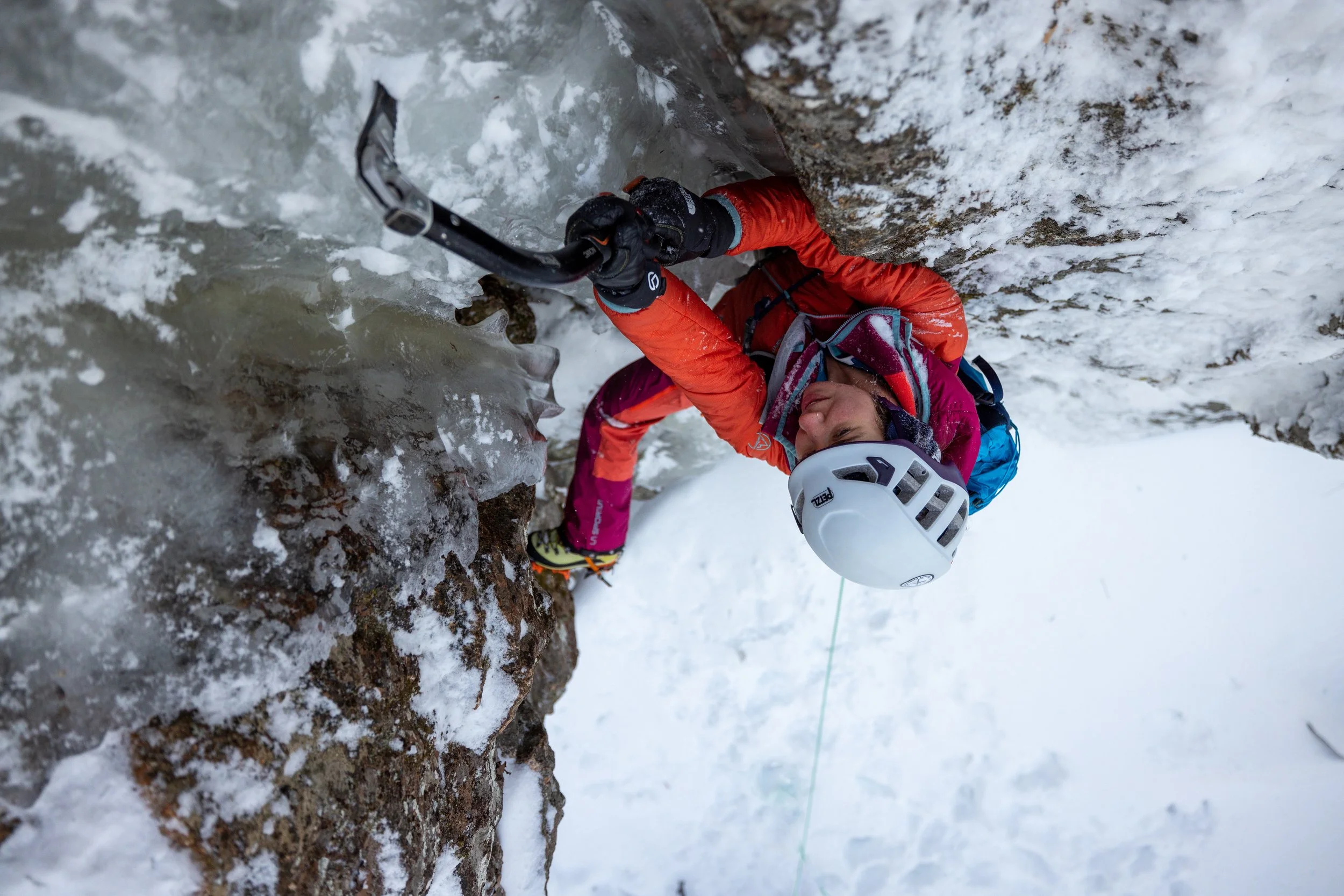Reposted from Next Level Crossfit:
2 Trends that will kill CrossFit
by Nathan Holiday | Feb 19, 2014
A good example of what’s wrong with *what some people think* CrossFit is.
CrossFit has done more to change the landscape of the health and fitness field than any other athletic movement. If you deny that, you either don’t understand what it is, or your emotions are fueling your opinion. Whether you agree with what is done in CrossFit culture or not, the fact remains that in less than 10 years it has changed how the world views fitness, as well as expanded awareness in many other sports. And whatever the future holds, it will be more impressive because of CrossFit.
Killer Trend #1CrossFit as a commodity
A commodity is basically a service or product that is based solely on price relative to others within the market. Commodification is when that good or service loses differentiation within the marketplace. The reason Coach Glassman was so successful was because he delivered an extremely high quality service along with an ultra-effective gamified fitness methodology that no one had ever seen before. The early adopters saw it, and replicated it well. So it spread like WILDFIRE.
Then more people got involved. Some lacked the quality to demand premium prices. So they dropped their prices to reflect the service. But because they were still a “CrossFit,” and they were advertising their low rates, consumers would wonder why one gym costs $130 and another $200+. And, obviously, if CrossFit is the same everywhere, that consumer would choose the cheaper choice. Then other deals like groupon or living social enter and deliver an extremely low-value, potentially dangerous and watered down version of CrossFit. The client leaves thinking WTF the big deal is with the hype. Sure, it’s cool, but not worth $200+ a month.
Now we get calls a couple times a week from potential clients asking about price. “What do you guys charge for unlimited?” The trend has started. People are shopping around, basing their selection solely on price. And soon, as more gyms drop their price and are holding classes with 20+ people doing ugly airsquats, CrossFit is no longer CrossFit. It becomes a distorted and weak resemblance of what it was originally meant to be.
Killer Trend #2Uneducated Coaches with little to no experience
This ties intimately with the first Killer Trend. CrossFit is comprised of people and, let’s face it, some people suck. People are popping up everywhere with a new found interest in fitness. They get obsessed and decide they want to help with all this positive change. They think… “man, it’s done so much for me… I want to give back.” So they open up a gym with no experience and soon realize that this whole ‘business thing’ is harder than they initially thought – not to mention they have no idea how to successfully manage the health and fitness of 100+ people. A CrossFit Coach should be a PROFESSION. Not a hobby. Not something you off-handedly decide to do after a year of group classes. Sure, get your Level 1, expand your education, learn everything you can – teach some classes and gain experience. But PLEASE! don’t open up a gym! Give it at LEAST 4 years of ongoing education, experience and reflection before you even entertain the idea. Too many people have no idea what they are doing, and all the stupid ass videos on the internet of people doing dumb stuff is testament to that fact. Or you can just take a look at the programming debacle in gyms across the country. The answer to everything is not GO HARDER, GO LONGER or GO HOME! Fitness is a little bit more refined and elegant than that.
I joined the Army at 18. Spent 5 years during that time lifting weights and reading every book I could find on old school strength, powerfliting, weightlifting, nutrition and health. I got out of the Army in 2008 and started interning at Team CrossFit Academy in Monrovia, for more than a year I learned about what original CrossFit was all about. I continued learning everything I could – everyday, constantly reading. Over the following 3 years I worked with hundreds of clients doing one on ones, program design or nutrition work with them. THEN I opened a gym. And even then, I still felt like I didn’t know SH*T! Not saying any of this to brag or say this is the right way, just to illustrate a path that makes more sense to me then: Sedentary my whole life, did 6 months of group classes at a random CrossFit, got my Level 1, opened up a gym…
If these things aren’t addressed, it’s just a matter of time before CrossFit changes for the worse, or dies. It all starts with you and me. It starts with us constantly striving for personal excellence and never settling for the easy route. Easy is NOT CrossFit. Deliver extreme value. Charge premium prices that accurately reflect that value. Educate yourself and those around you constantly. Build a culture of discipline…







